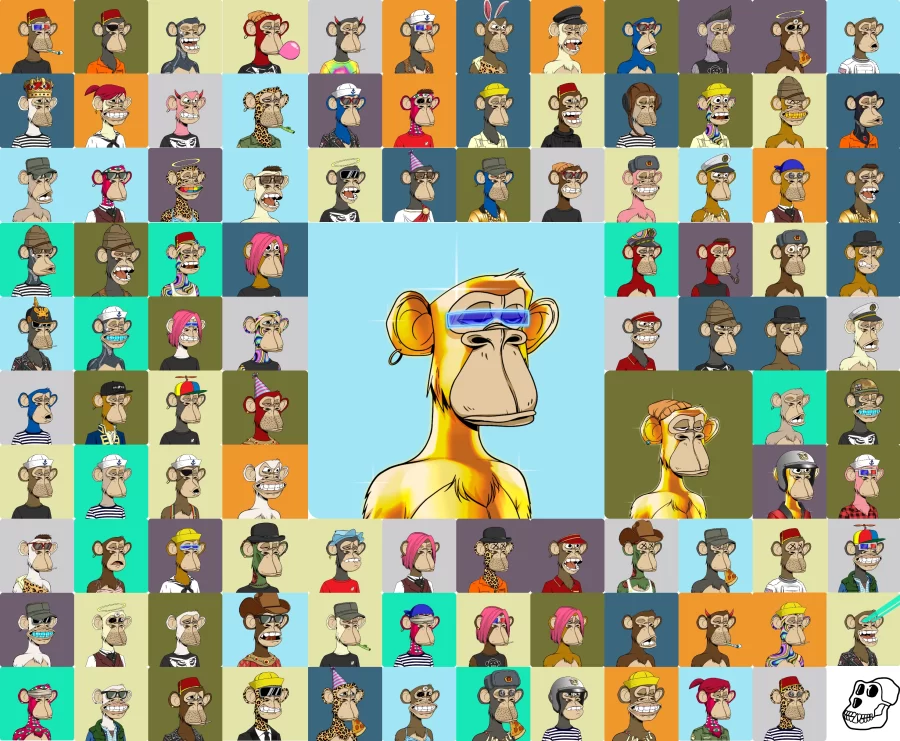Are NFTs really worth the hype?
January 24, 2022
Non-fungible tokens (NFTs) have caught the eyes of the media, especially those invested in the cryptocurrency community. The digital pieces of artwork that are being sold for upwards of a million dollars have only increased in popularity over time, all while gaining a variety of opinions surrounding such “investments.”
In 2021 alone, people have spent over $20 billion on NFTs, a huge increase compared to the $100 million in 2020. Bigger brands are starting to jump onto the bandwagon of NFTs, with such brands like Gucci and Nike creating their own. Melania Trump has even announced she will be creating her own NFT platform.
For the original artist of an NFT to make profit of their work, they earn royalties on each sale of their NFT, including however much it was initially sold for.
They are bought and sold online, usually with cryptocurrency, and are protected by a blockchain, which is a system of recording information that makes it more difficult to hack or change information, to protect the NFT and the buyer. Blockchain transactions use a lot of energy, and this is exactly what is causing huge concerns for environmentalists.
In 2017, Bitcoin, which is also protected under a similar tool to NFTs’, had output that was the same as the country of Angola, that has a population of 32 million, putting the cryptocurrency 103rd in the world for energy output. Years later, it’s easy to assume these numbers have skyrocketed, with the help of NFTs and even other types of cryptocurrency. This comes down to the idea of how many are spending millions on virtual pieces of art that are only adding to the death of our planet.
The National Basketball Association is already using the more environmentally friendly option for NFTs,“proof of stake,” which as imagined, still requires a blockchain, but is much more centralized. Instead of having to consume huge amounts of energy to protect the work, buyers have to give up some of their own currency to prove ownership. If any suspicious behavior is then detected from the program with the buyer and how they are treating the NFT, they will be penalized and have tokens taken away. Many people in the NFT community are hoping other artists and brands will follow in the NBA’s footsteps.
Though, the “proof of stake” isn’t the final solution for saving energy, as even that blockchain still has major effects on energy production. This leaves artists spearheading a movement for change, even offering rewards for anyone who can find ways to make crypto-art more eco-friendly.
The one major benefit that NFTs have had is the salvaging of many artists’ careers. The pandemic hit artists hard, making it far more difficult to showcase their artwork, let alone sell it. The rise of crypto art gave artists a different platform to display their work and an alternative way to make profit, that may even be more fulfilling than the standard way of sales with the royalties they can continue to make.
While at the start, NFTs may seem like an appealing idea to many, especially when it comes to investments, there’s several issues under the surface. The large amounts of energy being put into securing these transactions doesn’t seem to make them worth it, nor does the amount of money people are putting into them make sense.



